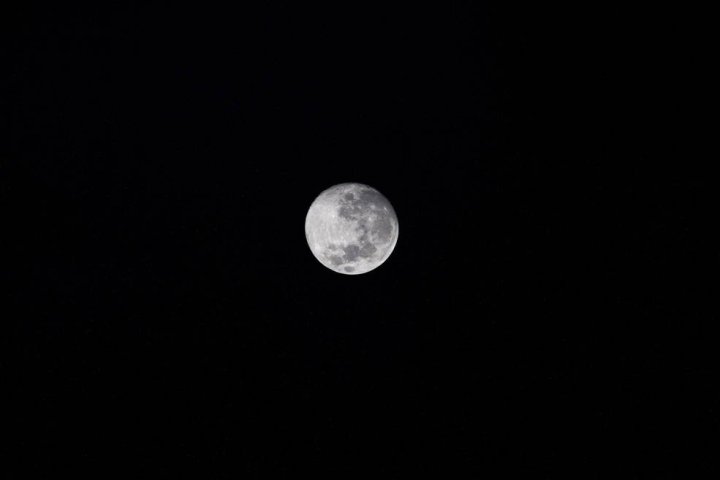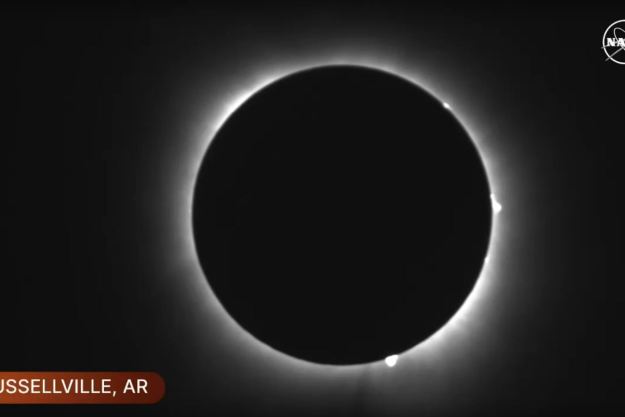
For the first time, NASA will send a probe to the far side of the moon. Before sending humans back to the moon under its Artemis program, the agency plans to send three payloads to be delivered to the moon to investigate more about our planet’s satellite.
The program, called Payloads and Research Investigations on the Surface of the Moon (PRISM), aims to deliver these probes by 2024. Originally, the goal had been to get humans back on the moon by 2024, but that was widely considered unrealistic and has been pushed back. The agency has not yet stated when it aims to have humans back on the moon, but it has said it intends to continue awarding contracts for lunar deliveries through 2028.
The two probes visiting the far side of the moon will be the Farside Seismic Suite (FSS), a package containing two seismometers that will record seismic activity on the moon, and the Lunar Interior Temperature and Materials Suite (LITMS), which will include a drill and a sounder to investigate the moon’s interior. Both probes will be sent to the Schrödinger basin, a large impact crater located near the moon’s south pole on its far side.
NASA has never sent a probe to the moon’s far side, sometimes colloquially (but inaccurately) referred to as the dark side of the moon. However, China has visited this area, sending a probe there in 2019. But there’s still much to learn about the moon, particularly its interior.
The third probe selected by NASA is called Lunar Vertex, which will investigate Reiner Gamma — a feature called a lunar swirl, which seems to have formed due to the moon’s magnetic field.
All three payloads will be delivered to the moon by private companies, as part of NASA’s Commercial Lunar Payload Services (CLPS) program.
“These investigations demonstrate the power of CLPS to deliver big science in small packages, providing access to the lunar surface to address high-priority science goals for the Moon,” said Lori Glaze, director of NASA’s Planetary Science Division. “When scientists analyze these new data alongside lunar samples returned from Apollo and data from our many orbital missions, they will advance our knowledge of the lunar surface and interior, and increase our understanding of crucial phenomenon such as space weathering to inform future crewed missions to the Moon and beyond.”
NASA hopes that information obtained from this program will be helpful in the long-term plans for sending humans back to the moon.
“These selections add to our robust pipeline of science payloads and investigations to be delivered to the Moon through CLPS,” said Joel Kearns, deputy associate administrator for exploration in NASA’s Science Mission Directorate. “With each new PRISM selection, we will build on our capabilities to enable bigger and better science and prove technology which will help pave the way for returning astronauts to the Moon through Artemis.”
Editors' Recommendations
- First crewed Starliner test needs good weather for launch. Here’s the forecast
- NASA selects 9 companies to work on low-cost Mars projects
- Psyche spacecraft sends data back to Earth using lasers for the first time
- NASA gives green light to mission to send car-sized drone to Saturn moon
- Junk from the ISS fell on a house in the U.S., NASA confirms



